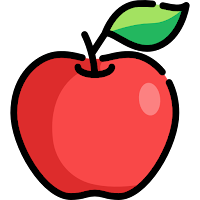Michael and Just (2001) of Carnegie Mellon University used brain imaging to show that our brains process spoken and written language differently. The study suggested that listening and reading create different memories and activate different brain regions. For instance, listening activates more working memory than reading, likely because spoken language is fleeting and requires immediate processing. The study doesn't say which method is better, but rather that the best method depends on the individual, the content, and the purpose.
Designing Accessible Materials and Methods:
Learners are highly variable in how they perceive information and construct meaning, meaning the way information is presented (text, video, lecture, etc.) dramatically impacts how well we learn it. This idea echoes the famous quote, "The medium is the message," meaning the format can shape the content. Research indicates that the Recognition Network, a specialized region located in the back portion of the brain, is heavily involved in how learners process information and turn it into learning.The Recognition Network is like a filing system in the brain, helping learners identify, interpret, and build connections, which ultimately help construct meaning. This brain region excels at interpreting information and recognizing patterns in new information, such as identifying a red apple. Then, information is further broken down into categories (red color, round shape) and connected with background information and similar patterns stored in your memory (other red objects). The initial groundwork of identifying familiar elements lays the foundation for higher-level brain regions to operate.
Therefore, educators should consider providing learners with multiple options and formats to represent new information. This approach can assist learners in identifying, interpreting, making connections, and constructing meaning more efficiently. Additionally, the accessibility of materials and communication mediums should be considered, as each has its distinct advantages and limitations. For instance, offering learners only printed text can create unintentional barriers to learning (see graphic below).
Multiple Means of Representation
Educators can create a more inclusive and engaging learning environment if they understand that each communication medium has distinct characteristics. Additionally, learners need information offered through multiple formats through the UDL principle of Multiple Means of Representation and its supporting guidelines.Applying UDLHere are a few tips and tricks for increasing the accessibility of instructional materials.
Here is a blog post on 5 Tips for Redesigning Your Reading Assignments with UDL in Mind. |





.png)









